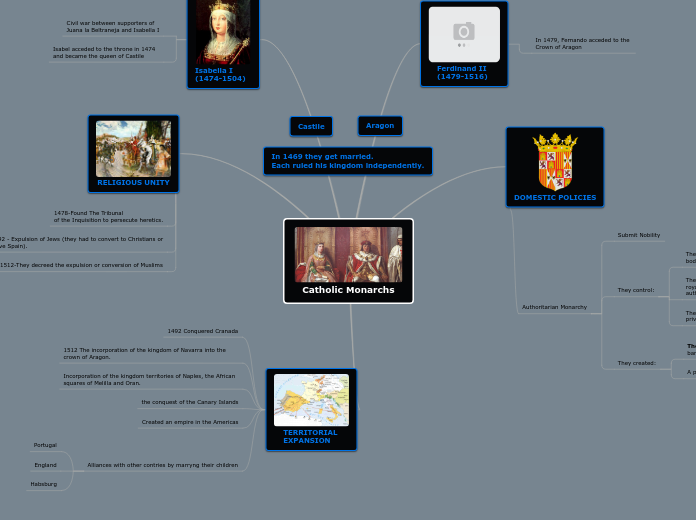von Mario Rubio Sanjuan Vor 12 Monaten
96
Early Modern Ages
During the Early Modern Ages, significant transformations occurred across political, cultural, economic, and social spheres. Politically, monarchs consolidated power, diminishing the influence of nobility through the establishment of modern states supported by royal institutions like the government, army, and diplomatic corps.









